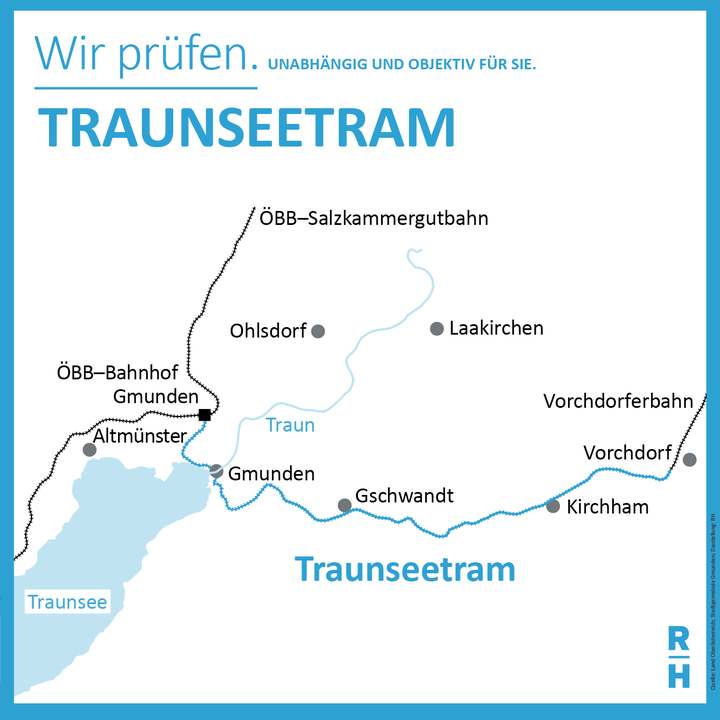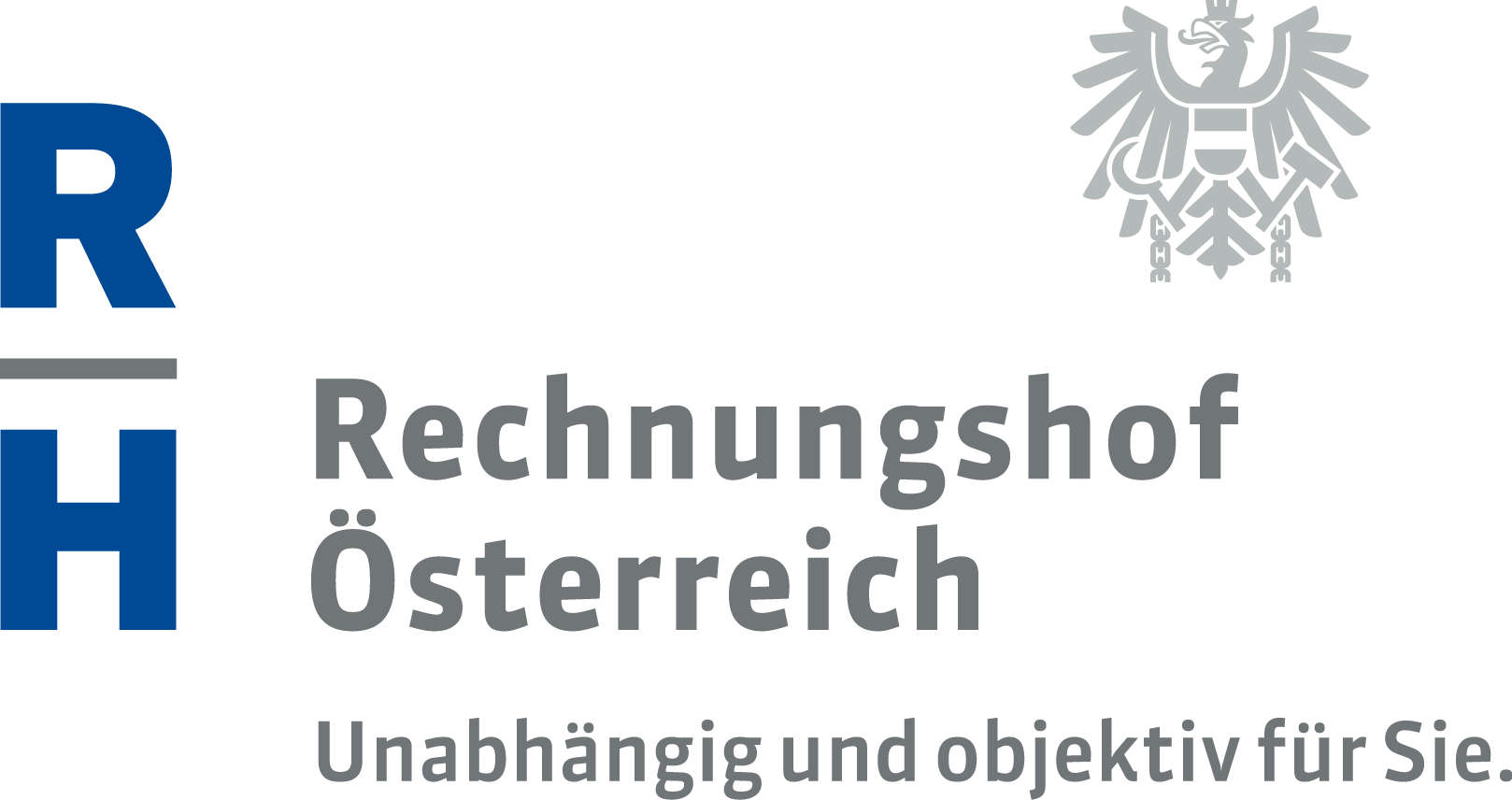The local train-tramway “Traunseetram” in Gmunden: modern, efficient, but not enough passengers and therefore expensive

With the Traunseetram – created by connecting the tramway Gmunden with the local train Gmunden-Vorchdorf – a modern, barrier-free and efficient means of public transport was put into operation in 2018. By this, the provision of public transport facilities could be increased by one third. However, according to the view of the Austrian Court of Audit (ACA), the number of passengers who, based on a forecast, would select the tramway as a means of transport should have been considered as too low. This is revealed by the ACA’s report published today on the "Traunseetram". The audit was suggested by citizens and spanned the years from 2014 through 2019.
The tramway was vastly underutilized
The route of the about 18-kilometres-long Traunseetram runs from the Austrian Federal Railways (ÖBB) station Gmunden through the Gmunden city centre to the Vorchdorf station. In the municipality of Gmunden it operates as a tramway, and from the station Gmunden Seebad to Vorchtdorf it runs as a local train. In order to connect the two lines, an 800-metre-long connecting route had to be built.
In the period from October 2018 to September 2019, an average of some 2,260 passengers used the Traunseetram per working day. The actual number of passengers therefore remained below the expectations. In 2010 it had been assumed that 2,730 passengers would use the new transport connection. The ACA critically emphasized that these figures were well below the capacity of tramway systems, which can carry 20,000 to 100,000 passengers per day.
Alternatives were not considered
The ACA criticizes that alternatives to the Traunseetram, such as bus concepts, were not examined. The low number of passengers already expected during the planning phase and the comparison of bus and tramway systems with regard to their efficiency should have prompted such an examination. A cost-benefit analysis shows: the costs of the Traunseetram exceed the benefits by a factor of three. Consequently, the costs were at EUR 4.05 million per year. The benefits can be valued at EUR 1.43 million. Benefits such as positive environmental effects, lower accident rates and shorter travel times are evaluated in cost-benefit analyses for transport projects.
Expected costs: EUR 169,07 million in the period of 2003 to 2030
In 2013, an overall volume of EUR 30 million was approved for the 800-metres-long connecting route for the Traunseetram, of which 80 per cent were to be borne by the province of Upper Austria and 20 per cent by the municipality of Gmunden. The ACA criticizes that the political decision makers were not presented with an overall overview of the expected costs containing all substantial cost components. The calculation lacked, for example, costs for studies, planning and advisory services, costs for the renovation and upgrading of already existing tramway/railway sections as well as maintenance, financing and operating costs.
According to the ACA’s calculations, an overall volume of some EUR 169.07 million is to be expected for the realization and the operation of the Traunseetram for the period under consideration of 2003 to 2030. Of this sum, EUR 78.94 million were incurred in the years of construction (2003 to 2018), whereas the Federation assumed some 20 per cent of the costs. The lion’s share (some 62 per cent) had to be borne by the province of Upper Austria. The city of Gmunden took over ten per cent of the costs.
Cost-benefit analyses in Austria are carried out as a standardized procedure to evaluate transport projects. All costs of a project are compared with the expected benefits. Commercial factors, such as revenue from tickets, but also all economic effects, such as the reduction of traffic accidents and travel times, as well as environmental implications are taken into account. By means of a standardized procedure all benefit parameters are monetized in order to render them comparable with the costs.
- pdf Datei:
- 5,057.3 KB
- Umfang:
- 140 Seiten


